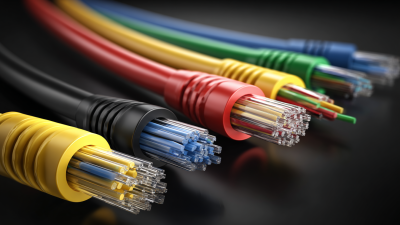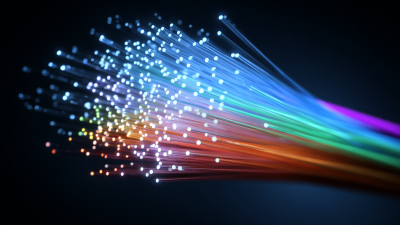Industries
Get direct access to our extensive portfolio of optical products and specialist technical expertise.
Get direct access to our extensive portfolio of optical products and specialist technical expertise.
In today's rapidly evolving digital landscape, the demand for high-speed, reliable internet connectivity is more critical than ever. At the heart of this modern connectivity revolution lies the fiber network cable, a pivotal technology that enables data to travel at unprecedented speeds over long distances. This blog aims to explore the various types of fiber network cables available, including single-mode and multi-mode cables, and their unique characteristics that influence performance and application. Understanding these differences is essential for both consumers and businesses alike, as the right choice in fiber network cable can significantly enhance network efficiency, reduce latency, and ensure seamless communication. Join us as we delve into the intricacies of fiber network cables and their profound impact on today’s connectivity solutions, guiding you through the essential factors to consider when selecting the ideal cable for your specific needs.
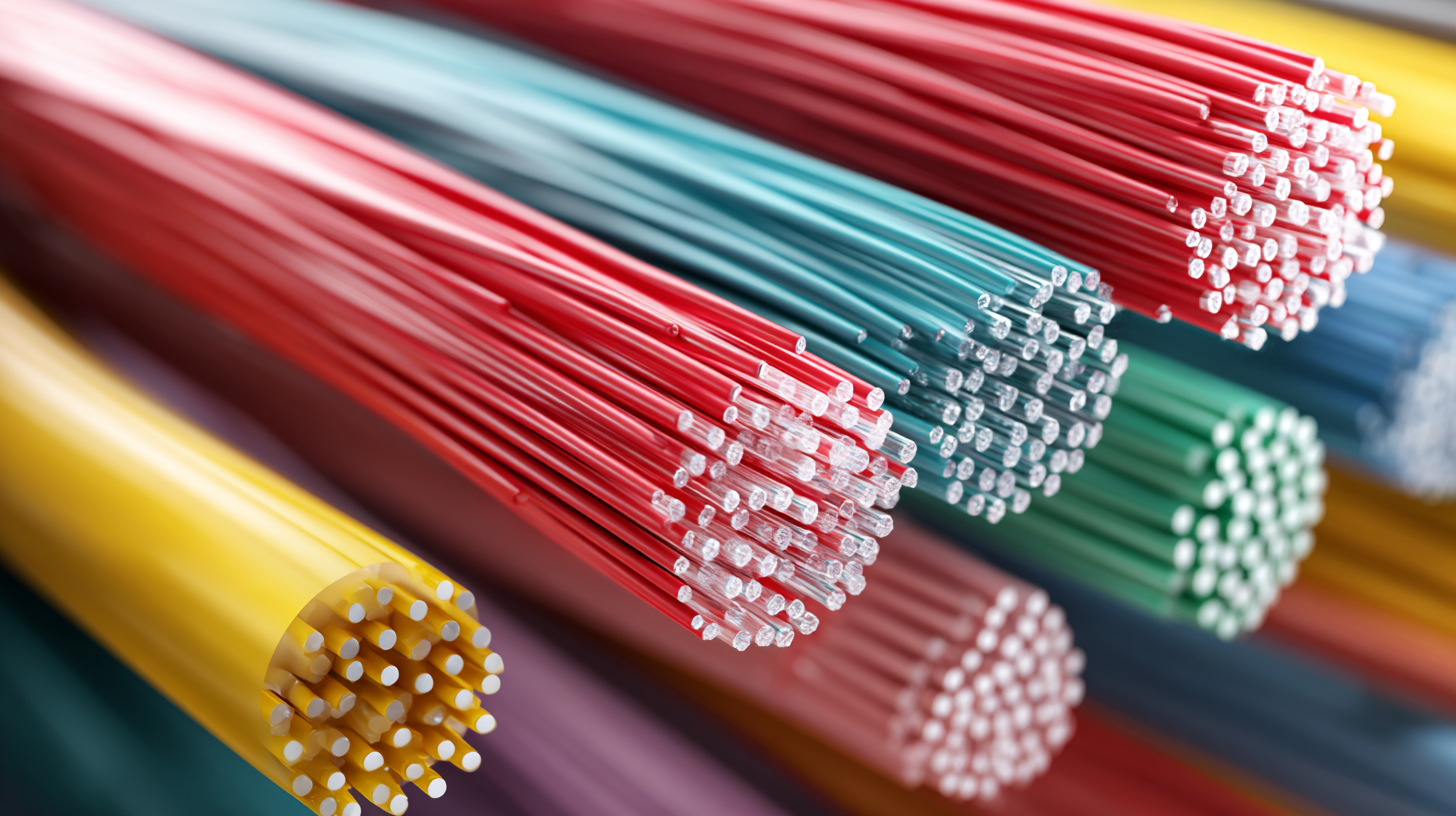
Fiber network cables have become essential in modern connectivity solutions, primarily due to their ability to transmit data at high speeds over long distances. There are several types of fiber cables, each tailored for specific applications. Single-mode and multi-mode fibers are the two primary categories.
Single-mode fibers, characterized by their small core diameter, allow light to travel straight down the fiber, minimizing signal loss and making them ideal for long-distance communication. This type is often used in telecommunications and large-scale networks where high performance is critical.
On the other hand, multi-mode fibers have a larger core, enabling multiple light modes to propagate. This results in lower transmission distances but can support higher bandwidth over short ranges, such as within a building or campus. Multi-mode fibers are perfect for data centers and enterprise networks where the demand for high-speed data transfer is significant but the distances are relatively short.
Understanding these unique characteristics is crucial for businesses and organizations looking to optimize their network infrastructure and ensure reliable connectivity in an ever-evolving digital landscape.
When exploring fiber network cable types, understanding the differences between single-mode and multi-mode fiber cables is crucial for optimizing modern connectivity solutions. Single-mode fiber cables are designed with a smaller core diameter, typically around 8 to 10 microns, allowing only one light mode to propagate. This design minimizes signal attenuation and dispersion, making single-mode fibers ideal for long-distance telecommunications, often spanning distances over 40 kilometers with speeds reaching up to 100 Gbps, according to the Fiber Optic Association (FOA).
In contrast, multi-mode fiber cables feature a larger core diameter of approximately 50 to 62.5 microns, permitting multiple light modes to transmit simultaneously. This capability makes multi-mode fibers better suited for shorter distances, typically under 2 kilometers, at data rates of up to 10 Gbps. A report by Dell'Oro Group highlights that the multi-mode fiber market has grown significantly, accounting for about 60% of the fiber optic cable shipments in local area networks (LANs), primarily due to its cost-effectiveness for intra-building applications. Understanding the specific applications and performance characteristics of these cable types is essential for selecting the right fiber optic solution to meet bandwidth demands and network scalability challenges in today’s digital landscape.
This chart compares the maximum transmission distances of Single-Mode and Multi-Mode Fiber cables. Single-Mode Fiber cables support much longer distances than Multi-Mode Fiber cables, making them suitable for long-range communication applications.
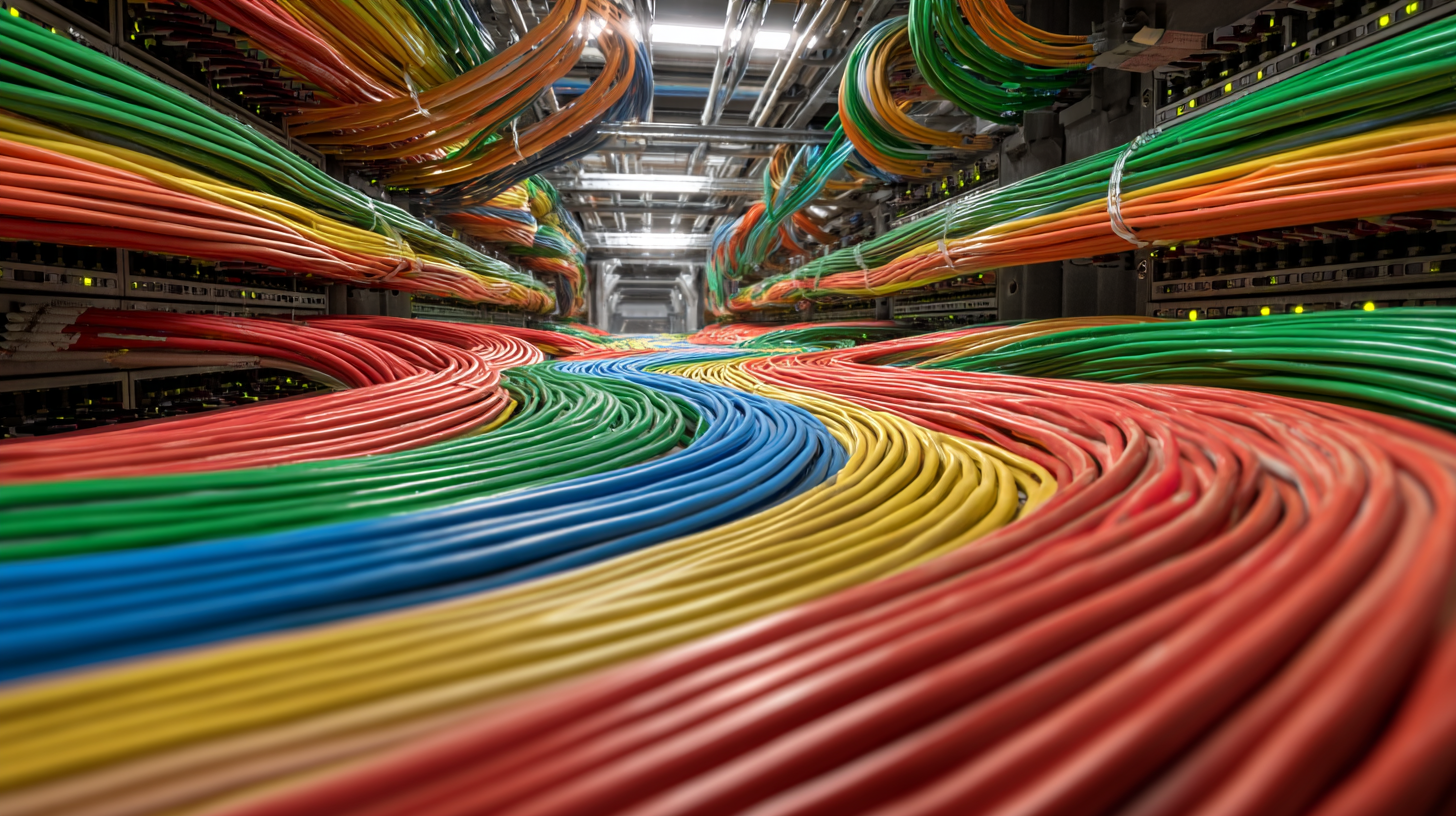 Fiber network cable types play a crucial role in modern connectivity solutions, with various applications tailored to meet the demands of diverse industries.
Single-mode fiber cables, for example, are widely utilized for long-distance communication, providing high-speed data transmission with minimal signal loss.
This makes them ideal for telecommunications and broadband services, where large volumes of data need to be transferred efficiently over extensive networks.
In contrast, multimode fiber cables excel in short-distance applications, such as data centers and enterprise networks, where they support a higher bandwidth over shorter lengths, facilitating faster internal communications.
Fiber network cable types play a crucial role in modern connectivity solutions, with various applications tailored to meet the demands of diverse industries.
Single-mode fiber cables, for example, are widely utilized for long-distance communication, providing high-speed data transmission with minimal signal loss.
This makes them ideal for telecommunications and broadband services, where large volumes of data need to be transferred efficiently over extensive networks.
In contrast, multimode fiber cables excel in short-distance applications, such as data centers and enterprise networks, where they support a higher bandwidth over shorter lengths, facilitating faster internal communications.
The versatility of fiber optics is further highlighted by their innovative applications, such as in urban infrastructure and defense. Fiber-optic drones, for instance, have emerged as a critical tool in military and surveillance operations, enabling real-time data streaming and reconnaissance with minimal interference. However, as these technologies evolve, they also bring environmental considerations to the forefront, as the use of drones equipped with fiber optics can contribute to plastic waste in sensitive ecosystems. The ongoing development and integration of various fiber network cable types not only enhance connectivity but also pose unique challenges that require thoughtful solutions in sustainability and resource management.
The choice of fiber cable type significantly influences network performance and scalability in today’s fast-paced digital landscape. According to the Fiber Broadband Association, the adoption of fiber optics can increase bandwidth capacity by up to 100 times compared to traditional copper cables. This enhanced capacity supports higher data rates, essential for businesses relying on cloud services and high-definition content streaming.
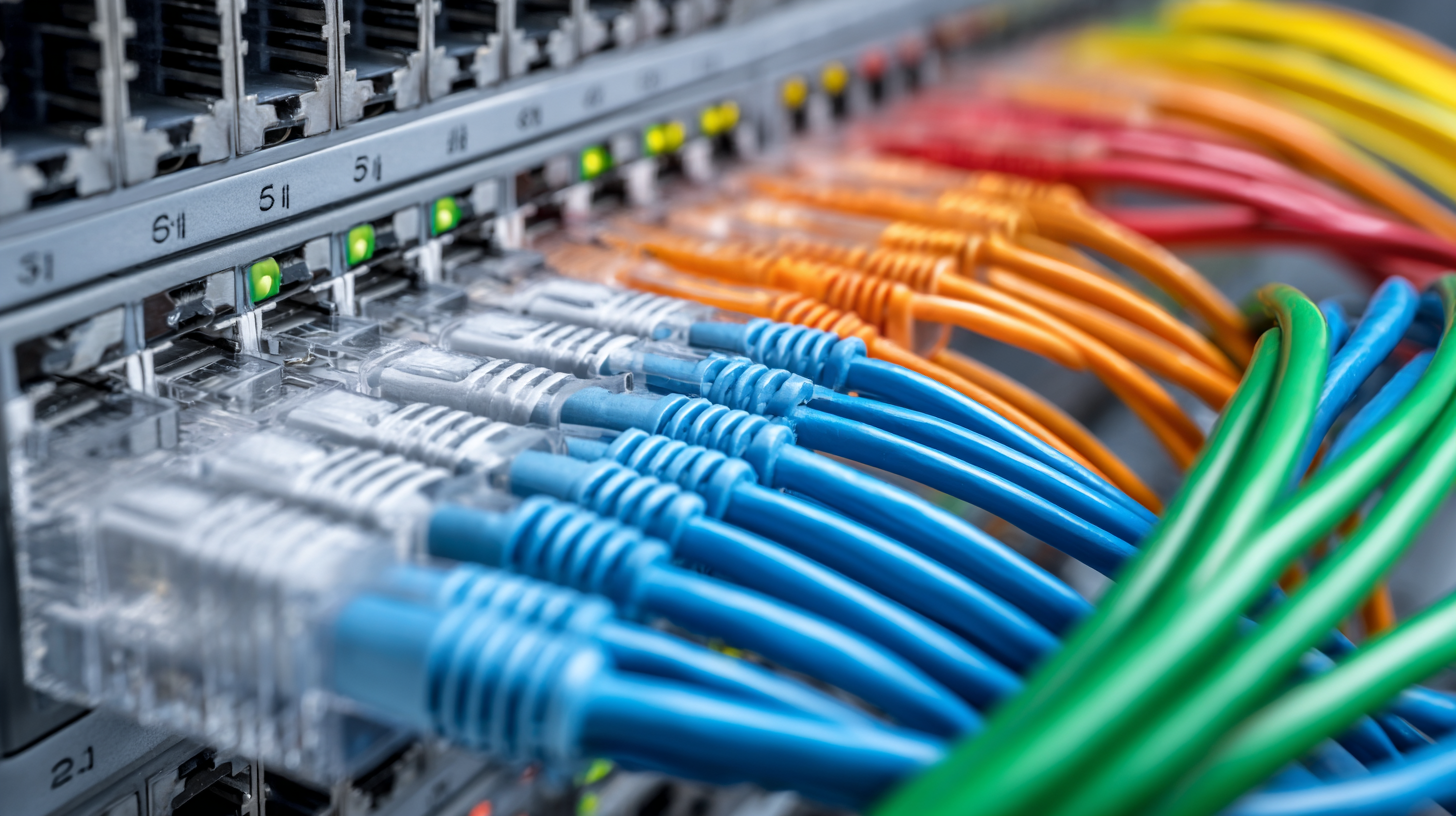
Moreover, advancements in fiber technology, such as Single-Mode and Multi-Mode fibers, cater to varying network demands. Single-Mode fibers, with their narrower cores, allow data to travel longer distances (up to 100 kilometers) with minimal loss, making them ideal for expansive infrastructure and telecom backbones. In contrast, Multi-Mode fibers are better suited for shorter distances, offering cost efficiency in enterprise environments where data centers and offices are often in close proximity.
A report from ResearchAndMarkets.com indicates that the global fiber optics market is expected to reach $14 billion by 2027, underscoring the increasing importance of informed fiber cable decisions for future-proofing network scalability and performance.
As businesses increasingly rely on high-speed internet for seamless communication and operations, the future of fiber network technology is set to revolutionize connectivity solutions. A recent report from MarketsandMarkets indicates that the global fiber optic cable market is projected to reach $8.5 billion by 2025, growing at a CAGR of over 10% from 2020. This surge can be attributed to the continued demand for improved bandwidth and lower latency across various sectors, including telecom, healthcare, and education.
Emerging trends in fiber technology point towards the adoption of next-generation passive optical networks (NG-PONs), which offer enhanced scalability and efficiency. According to a report by Grand View Research, the NG-PON market alone is expected to expand significantly, with revenues forecasted to surpass $13 billion by 2027. Additionally, the integration of artificial intelligence in network management promises to optimize resource allocation and predictive maintenance in fiber networks, further enhancing their reliability. These advancements underline a pivotal shift towards more robust, future-proof connectivity solutions, enabling businesses to thrive in an increasingly digital landscape.
| Cable Type | Core Diameter (μm) | Maximum Distance (meters) | Bandwidth (Gbps) | Use Case |
|---|---|---|---|---|
| Single-Mode Fiber | 9 | 1000+ | >10 | Telecommunications, Long-Distance Data Transmission |
| Multi-Mode Fiber | 50 / 62.5 | 300 | 10 to 40 | Local Area Networks, Data Centers |
| Armored Fiber | 9 / 50 / 62.5 | 1000+ | >10 | Outdoor Applications, Harsh Environments |
| Loose Tube Fiber | 9 / 50 | 1000+ | >10 | Long-Distance and Direct Burial Applications |
| Ribbon Fiber | 0.25 | 500 | 100 | High-Density Applications, Data Centers |




